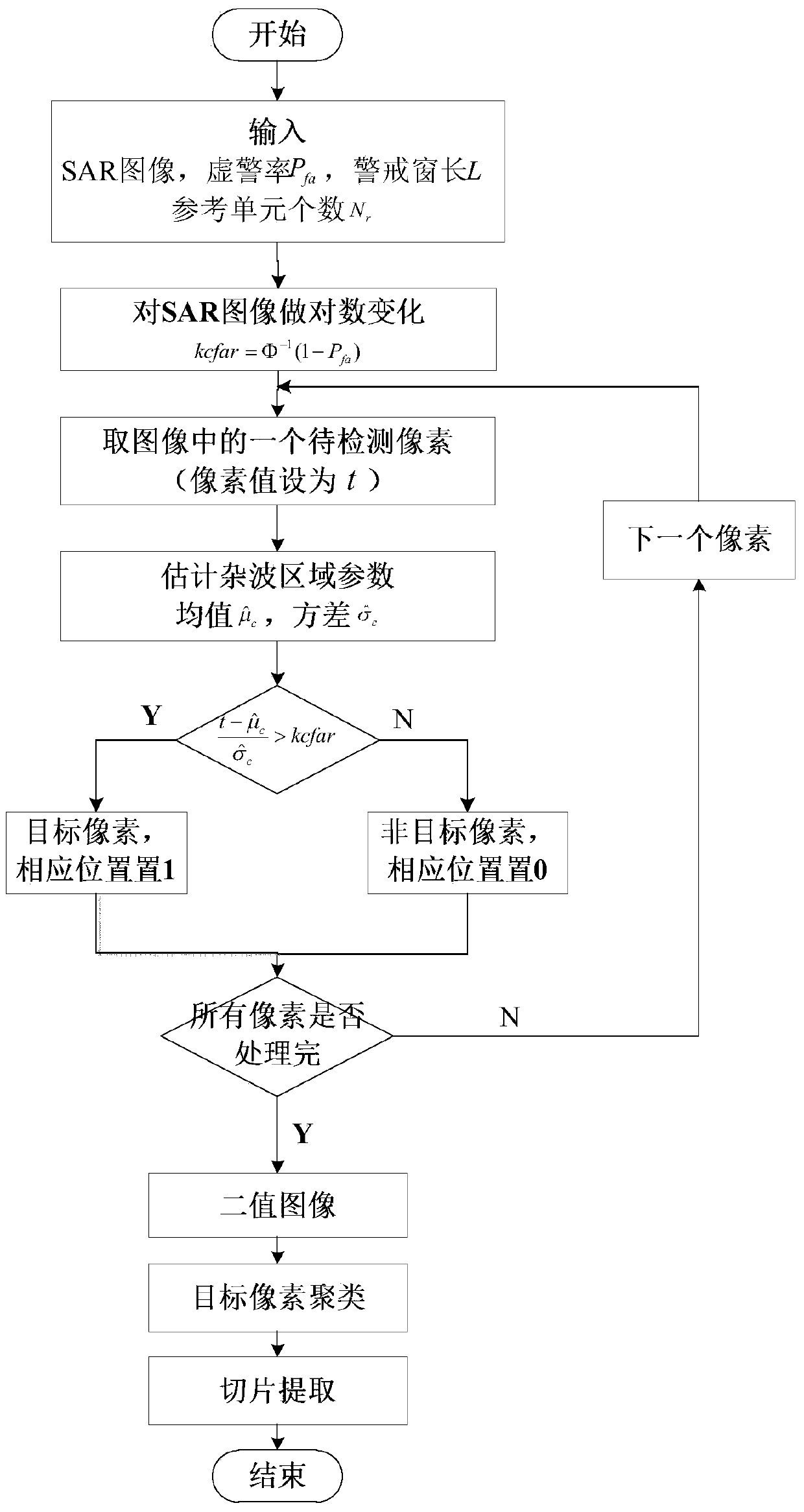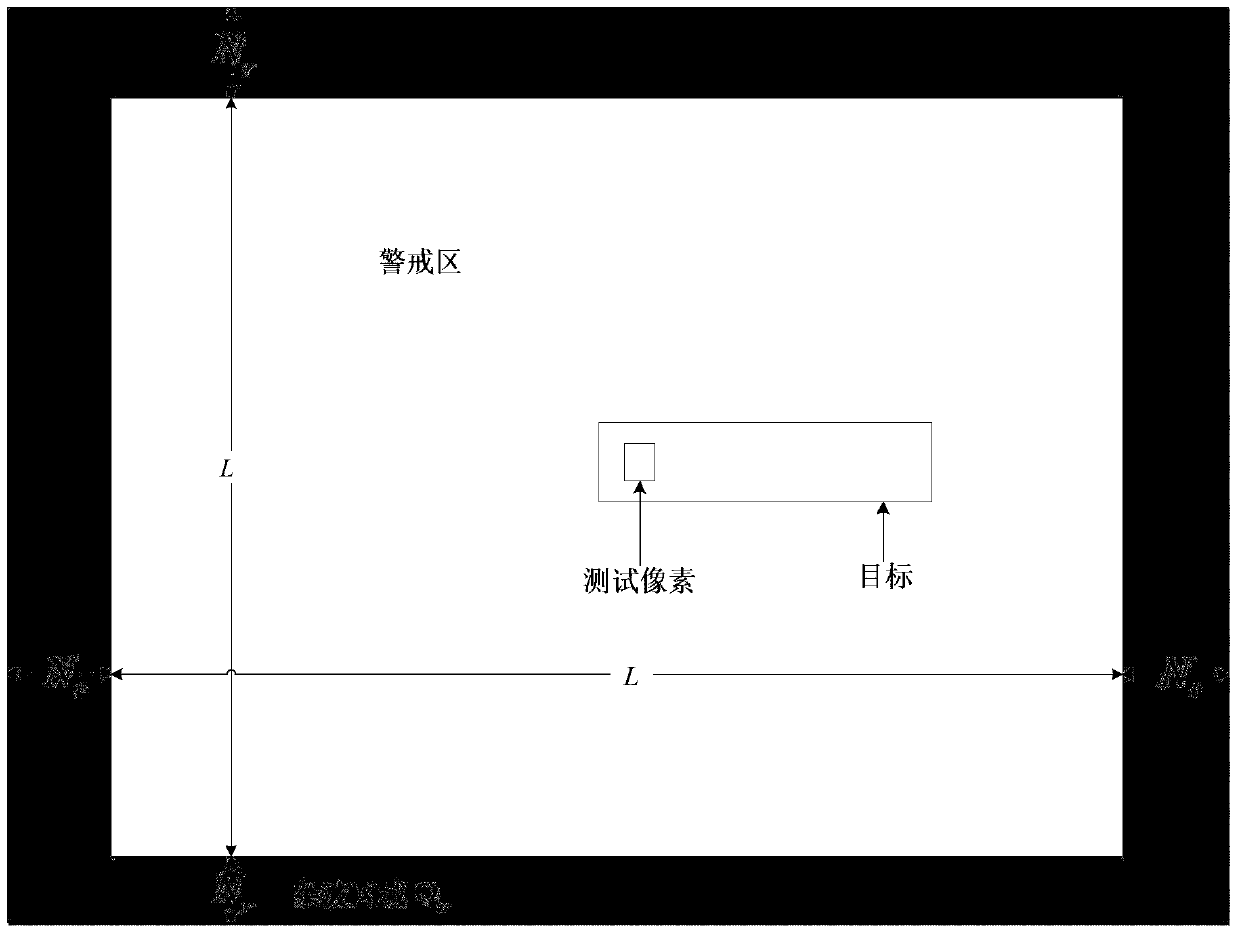SAR target identification method based on scattering point and K-center one-class classifier
A technology of target identification and scattering points, which is applied in the field of identification of man-made targets, can solve the problem of low total correct rate of identification, achieve the effect of improving the total correct rate and reducing the false alarm rate
- Summary
- Abstract
- Description
- Claims
- Application Information
AI Technical Summary
Problems solved by technology
Method used
Image
Examples
Embodiment Construction
[0023] The technical solutions and effects of the present invention will be further described in detail below in conjunction with the accompanying drawings.
[0024] refer to figure 1 , the realization of the present invention comprises training phase and testing phase, and detailed steps are as follows:
[0025] 1. Training stage
[0026] Step 1: Perform constant false alarm detection on the SAR image I to obtain a binary image C.
[0027] refer to figure 2 , the specific implementation of this step is as follows:
[0028] (1a) Suppose the maximum length of the target is l, and the range resolution and azimuth resolution of the radar are ρ r , ρ a , then the maximum length l of the target in the SAR image r and a maximum width l a They are: with Select the warning window length L > 2 l r 2 + l a 2 ...
PUM
 Login to View More
Login to View More Abstract
Description
Claims
Application Information
 Login to View More
Login to View More - R&D
- Intellectual Property
- Life Sciences
- Materials
- Tech Scout
- Unparalleled Data Quality
- Higher Quality Content
- 60% Fewer Hallucinations
Browse by: Latest US Patents, China's latest patents, Technical Efficacy Thesaurus, Application Domain, Technology Topic, Popular Technical Reports.
© 2025 PatSnap. All rights reserved.Legal|Privacy policy|Modern Slavery Act Transparency Statement|Sitemap|About US| Contact US: help@patsnap.com



